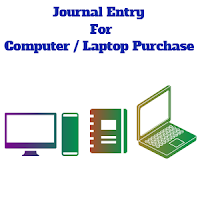Rent Paid In Advance Entry In Accounting Equation

As Rent Paid In Advance / Prepaid Rent is an example of Prepaid Expenses which are Current Assets so, it affects asset side of Accounting Equation . Moreover, it also depends upon accounting systems which are followed by a business. 1. On Accrual Basis of Accounting System (Assuming That Prepaid Rent Initially recorded as an Asset) Prepaid Rent a/c 5000 Cash a/c 5000 ...






